Quick Bits: Minneapolis, known as the City of Lakes, combines natural beauty with a vibrant urban culture. Nestled in Minnesota, this city offers an eclectic mix of outdoor...
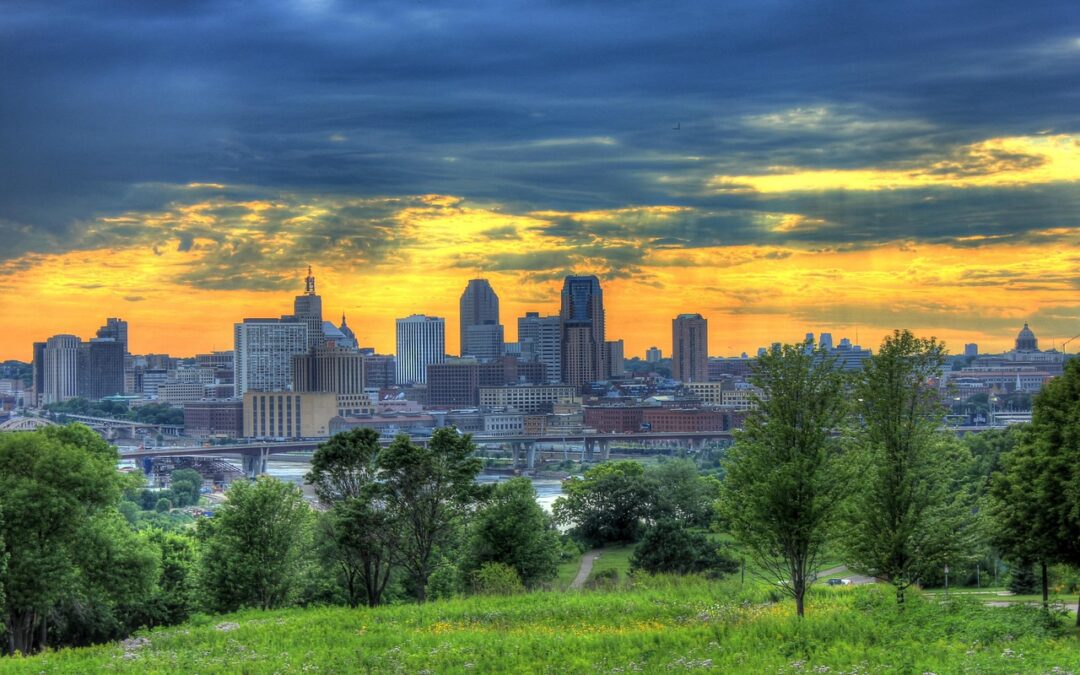

Quick Bits: Minneapolis, known as the City of Lakes, combines natural beauty with a vibrant urban culture. Nestled in Minnesota, this city offers an eclectic mix of outdoor...
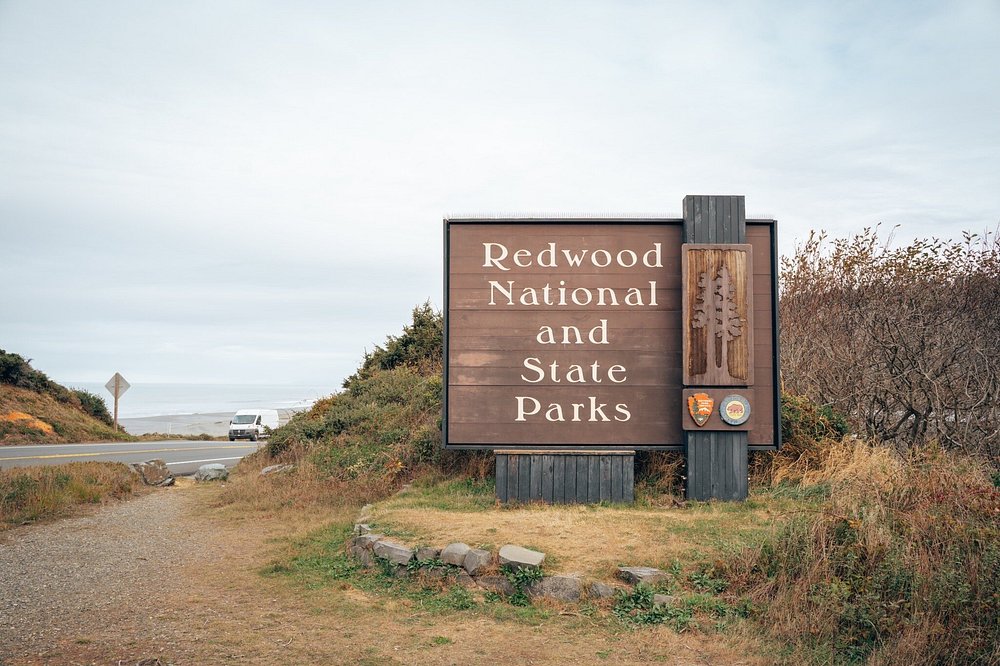
Quick Bits: Discover Redwood National Park, a pristine sanctuary on California’s northern coast. Home to towering ancient redwoods, diverse wildlife, and breathtaking landscapes,...
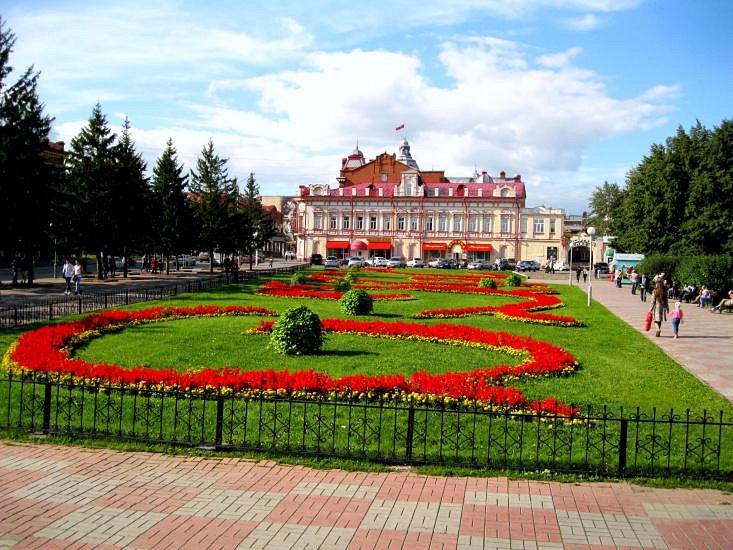
Quick Bits: Tomsk, nestled in the heart of Siberia, is a vibrant city blending history, culture, and natural beauty. Known as one of Russia’s oldest educational centers, it...
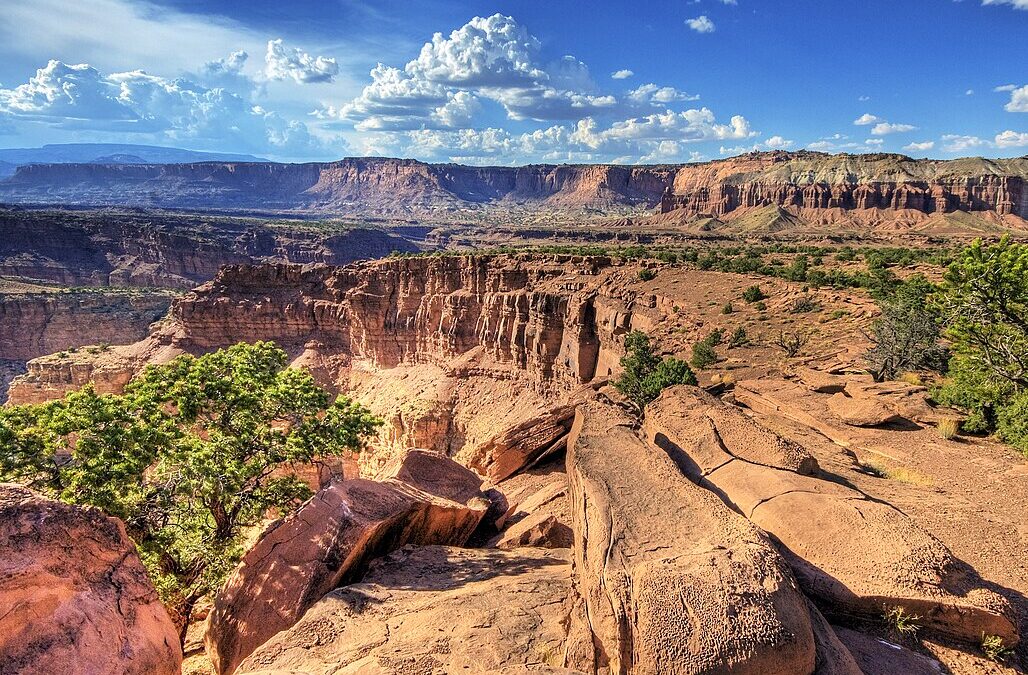
Quick Bits: Capitol Reef National Park is a hidden gem nestled in the heart of Utah. Known for its unique geology, towering sandstone cliffs, and rich history, this park offers...

Quick Bits: Mississauga is a thriving city located on the shores of Lake Ontario in the Greater Toronto Area. Known for its dynamic urban life and natural beauty, it is one of...
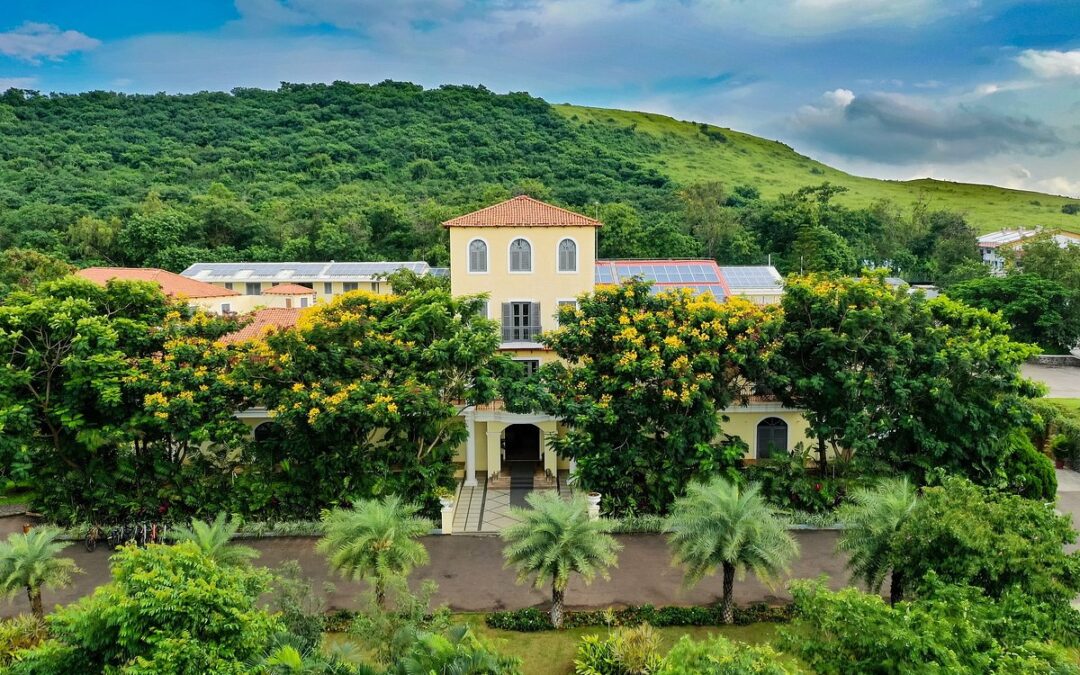
Quick Bits: Nashik, often called the Wine Capital of India, is a harmonious blend of ancient heritage and modern allure. Nestled in Maharashtra, this city is renowned for its...
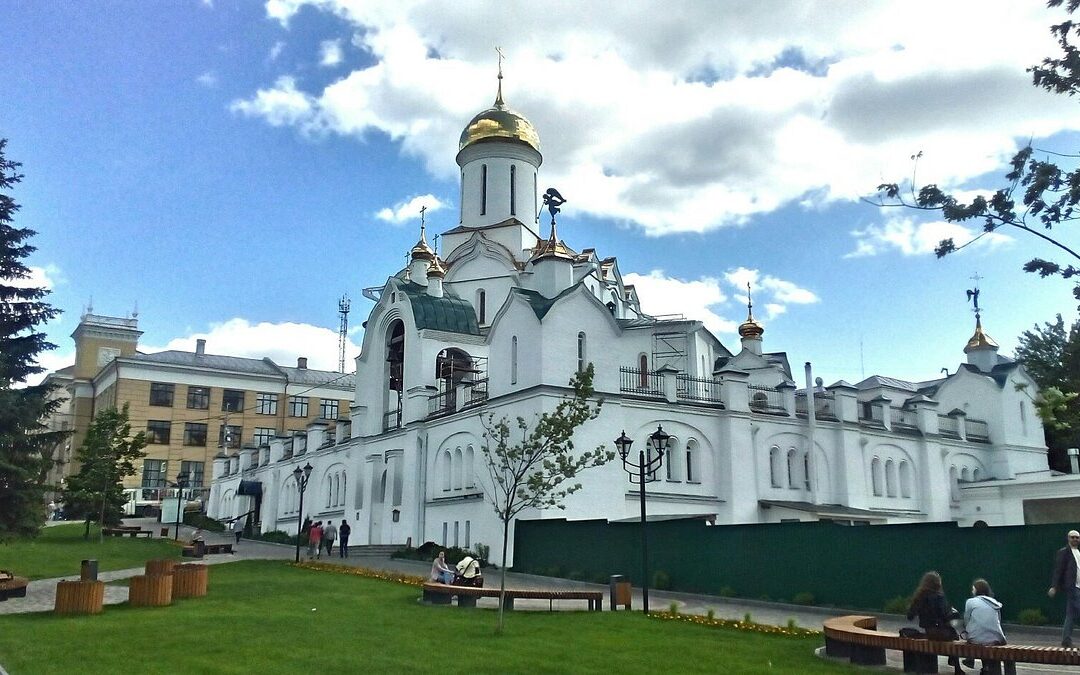
Quick Bits: Ivanovo, a city in the European part of Russia, has earned its reputation as the "Textile Capital" of the country. Known for its rich industrial history, particularly...
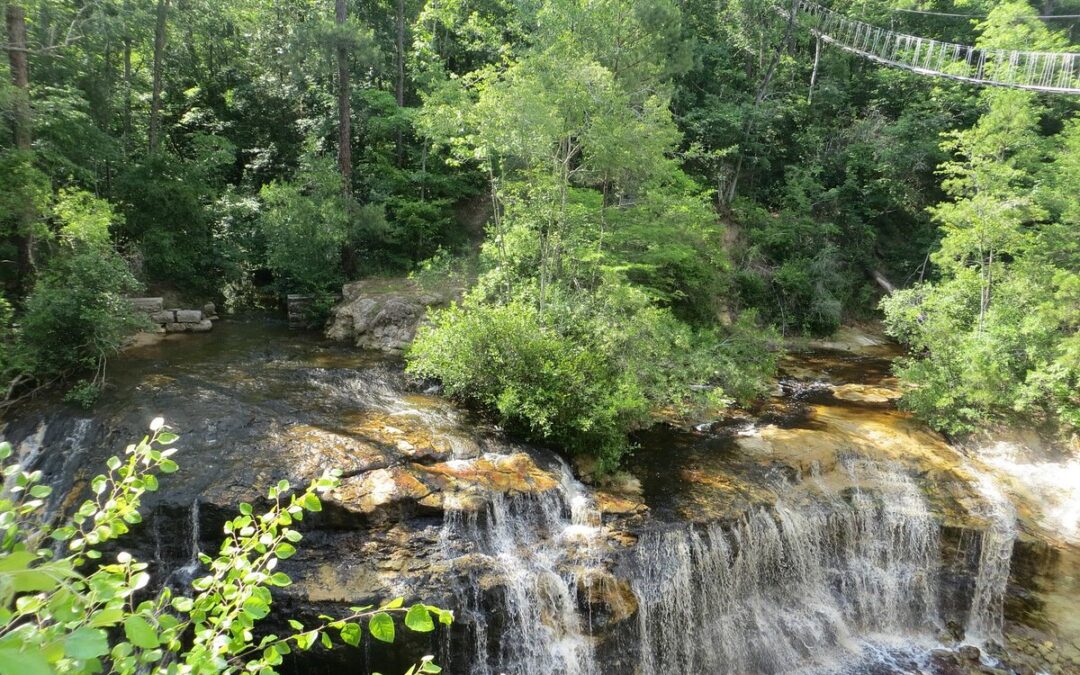
Quick Bits: Fayetteville is a charming destination that blends history, nature, and culture seamlessly. Tucked away in scenic surroundings, it offers visitors a mix of outdoor...
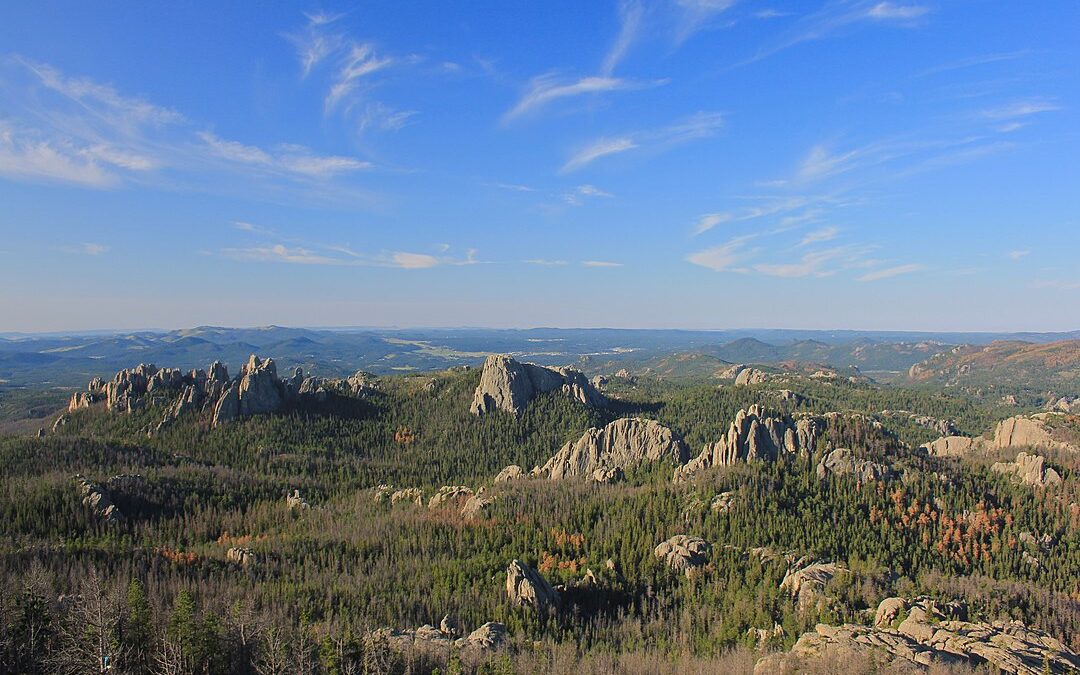
Quick Bits: Wind Cave National Park, nestled in South Dakota, is a mesmerizing blend of geological marvels and pristine wilderness. Famous for its intricate cave system, the park...
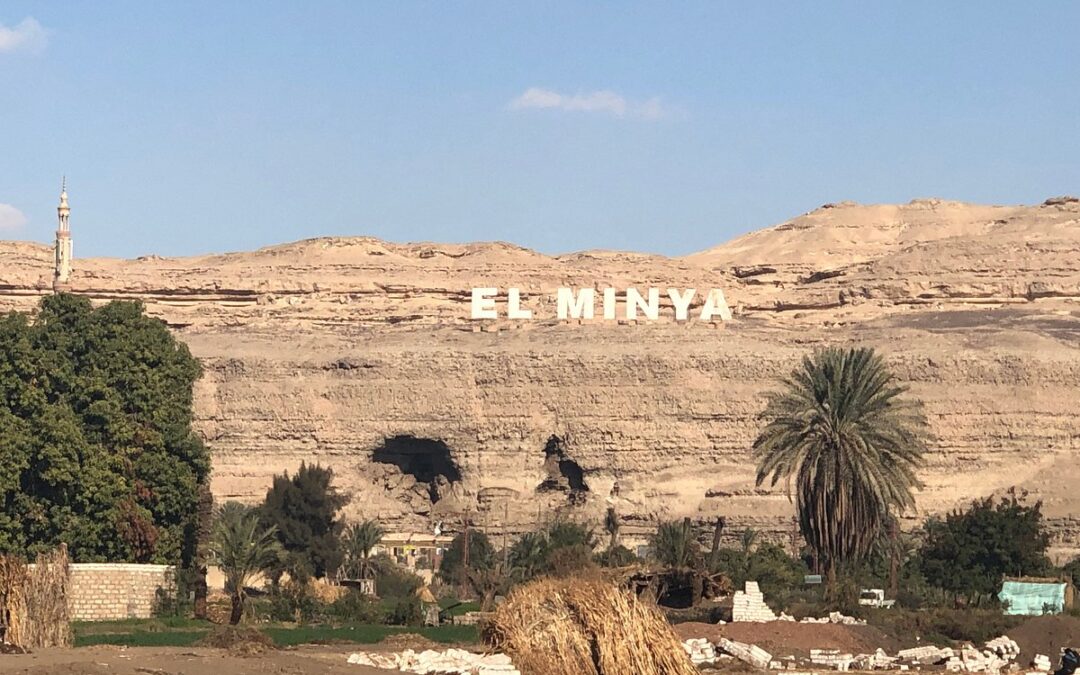
Quick Bits: Al Minya, often called the "Bride of Upper Egypt," is a city that blends ancient history with modern charm. It is nestled along the Nile River and boasts a unique mix...
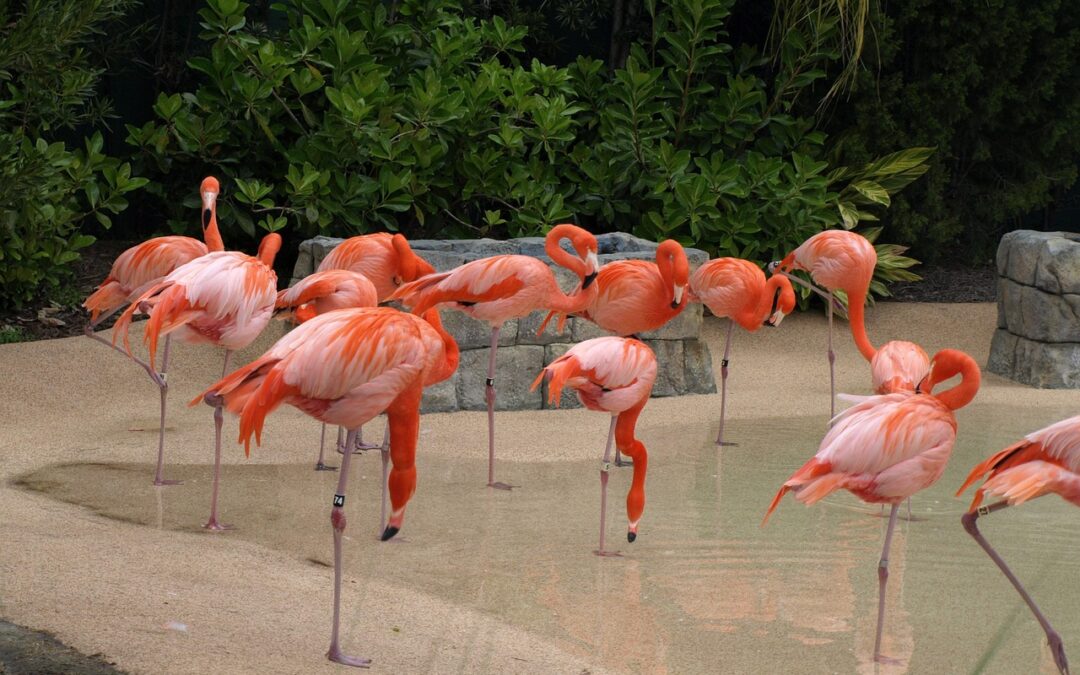
Quick Bits: Everglades National Park, one of Florida's most iconic landmarks, is a treasure trove of biodiversity and natural beauty. Spanning a vast area, the park is known for...
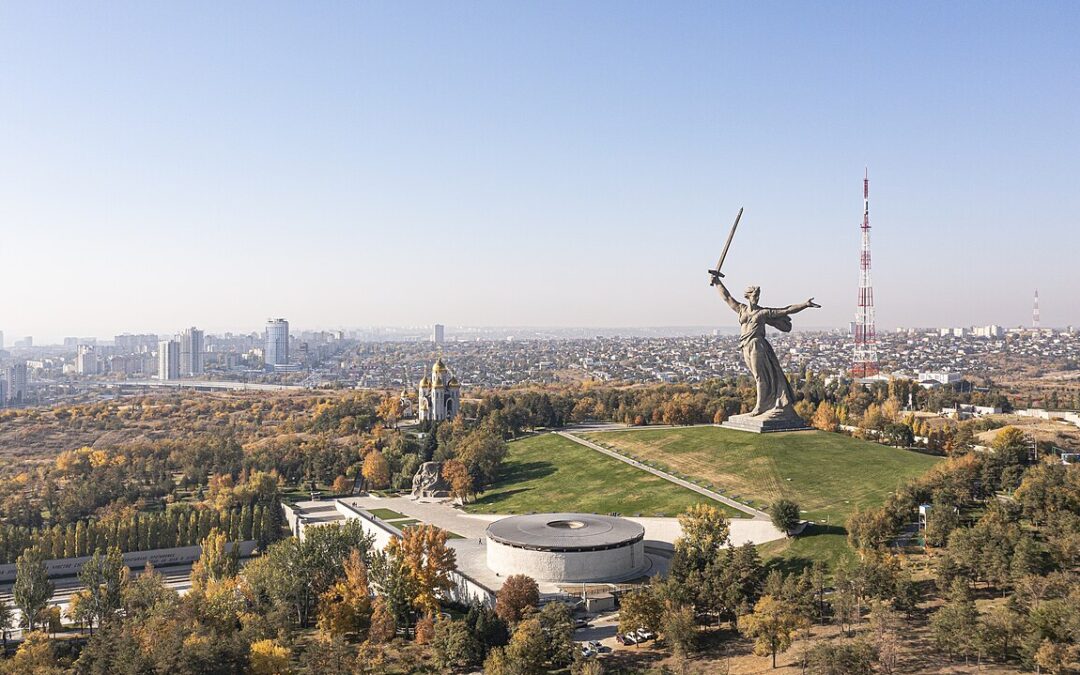
Quick Bits: Volgograd, a city steeped in history and resilience, stands as one of Russia’s most iconic destinations. Known for its pivotal role in World War II and vibrant...

Quick Bits: Tijuana is a lively city in northern Mexico, known for its cultural richness, thriving culinary scene, and proximity to the U.S.-Mexico border. It blends modern...
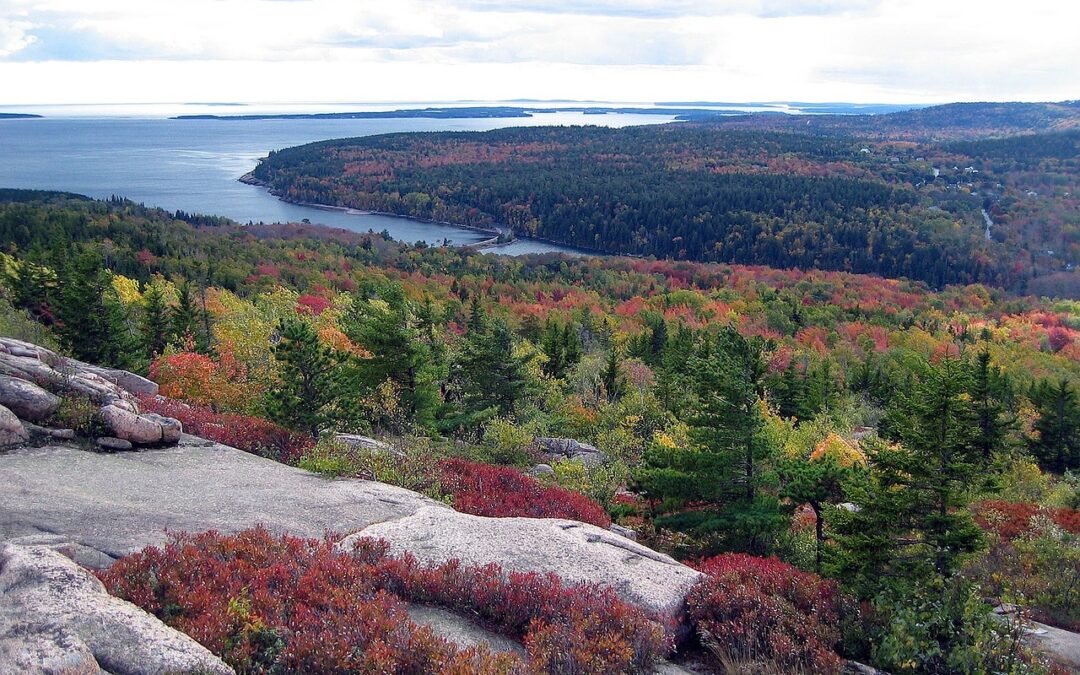
Quick Bits: Acadia National Park is a pristine sanctuary on the northeastern coast of the United States. Located primarily on Mount Desert Island, the park offers a dramatic...
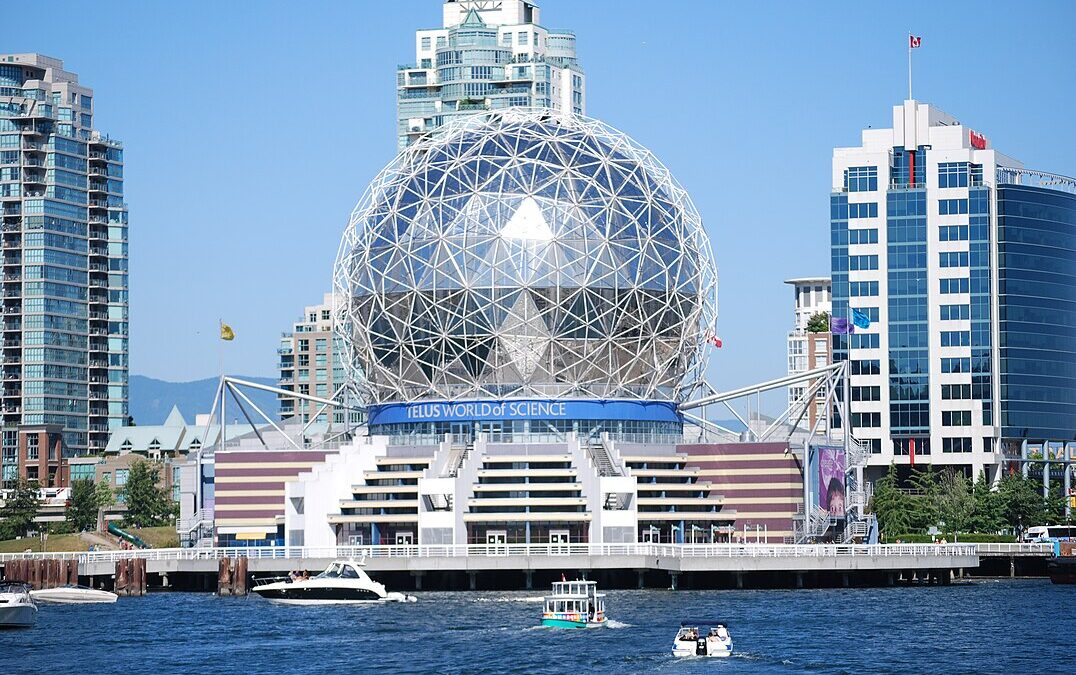
Quick Bits: Vancouver, a bustling port city on Canada’s west coast, combines natural beauty with modern urban vibes. Known for its stunning landscapes, diverse culture, and...

Quick Bits: Chattanooga is a picturesque city nestled in the heart of Tennessee. Known for its breathtaking landscapes and rich history, it offers a unique blend of natural...
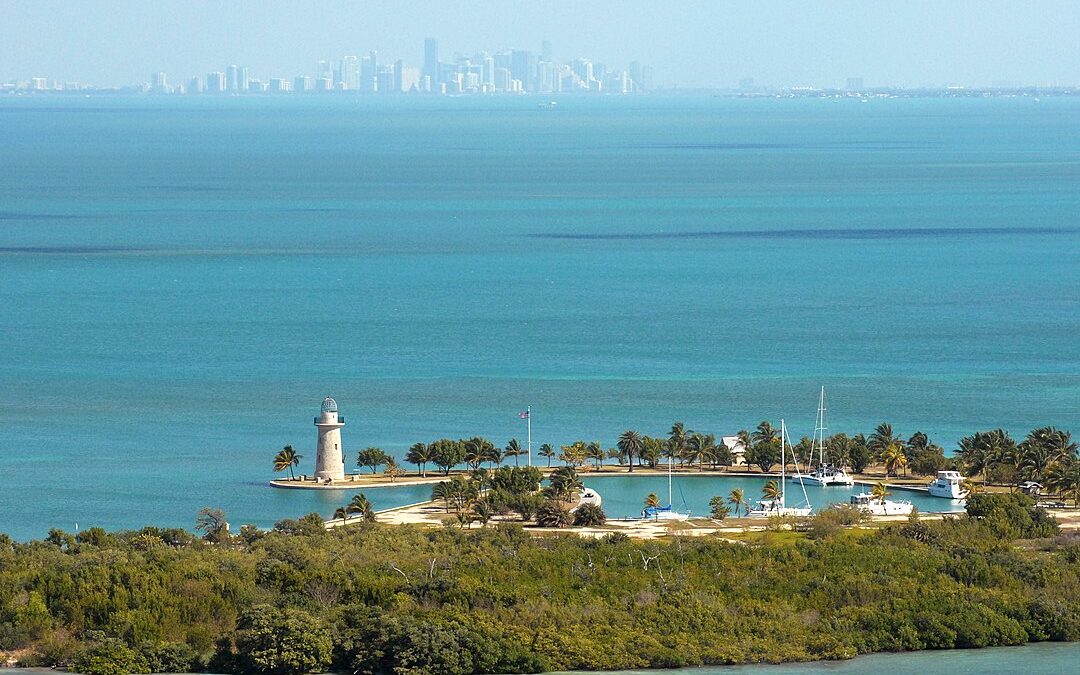
Quick Bits: Biscayne National Park is a treasure trove of marine beauty and history located in South Florida. Spanning over 172,000 acres, it is renowned for its vibrant coral...
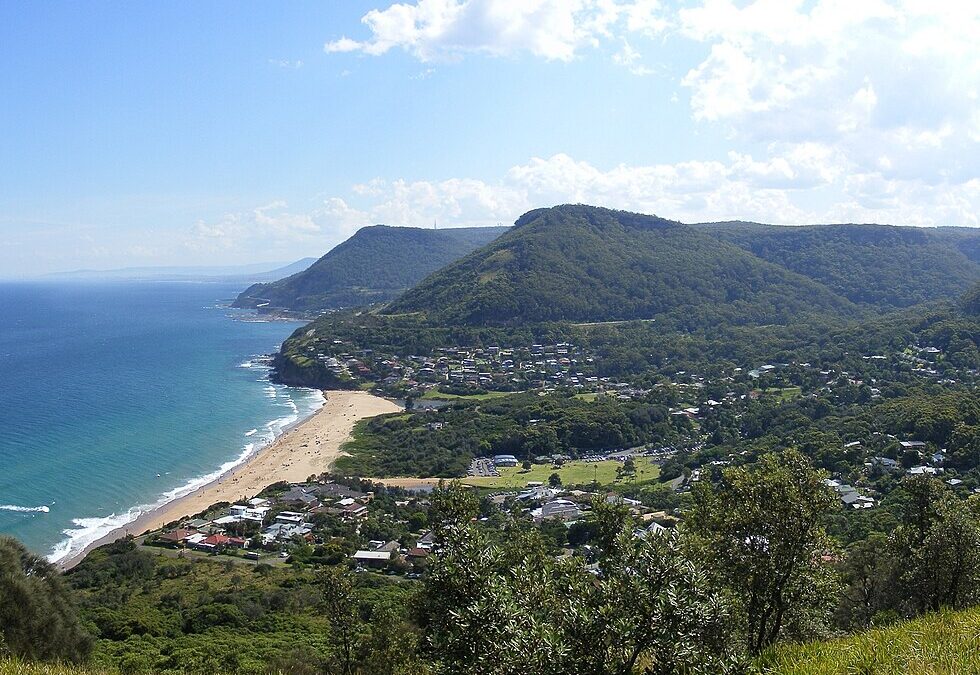
Quick Bits: Lorem ipsum odor amet, consectetuer adipiscing elit. Pretium purus metus turpis litora curabitur mus. Magnis netus pharetra etiam suspendisse diam habitant tempor....
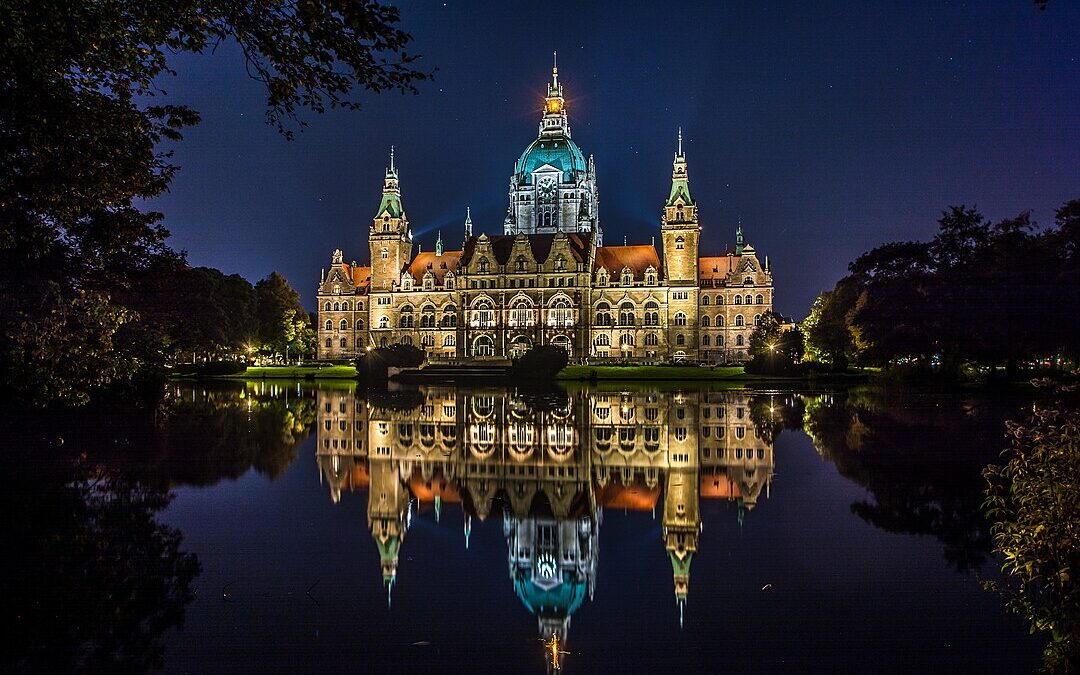
Quick Bits: LoHannover is a vibrant city in Lower Saxony, Germany, known for its mix of modern urban life and historical charm. With its lush green spaces, cultural landmarks,...
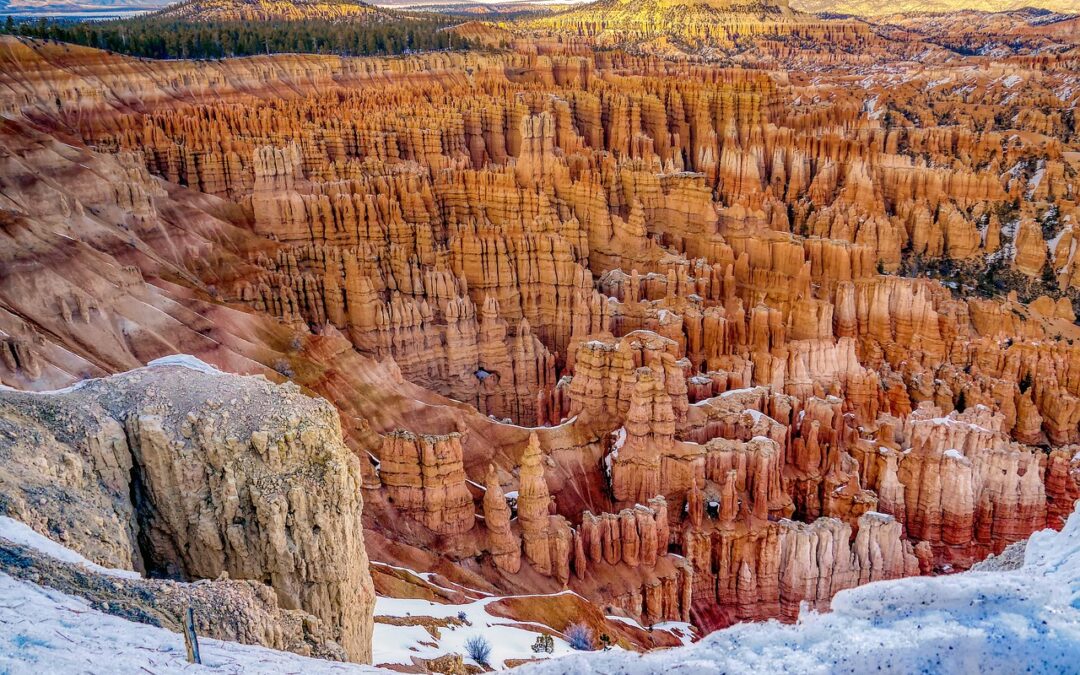
Quick Bits: Bryce Canyon National Park is a natural wonder tucked away in southern Utah. Known for its iconic hoodoos—spindly rock formations carved by nature over millennia—this...